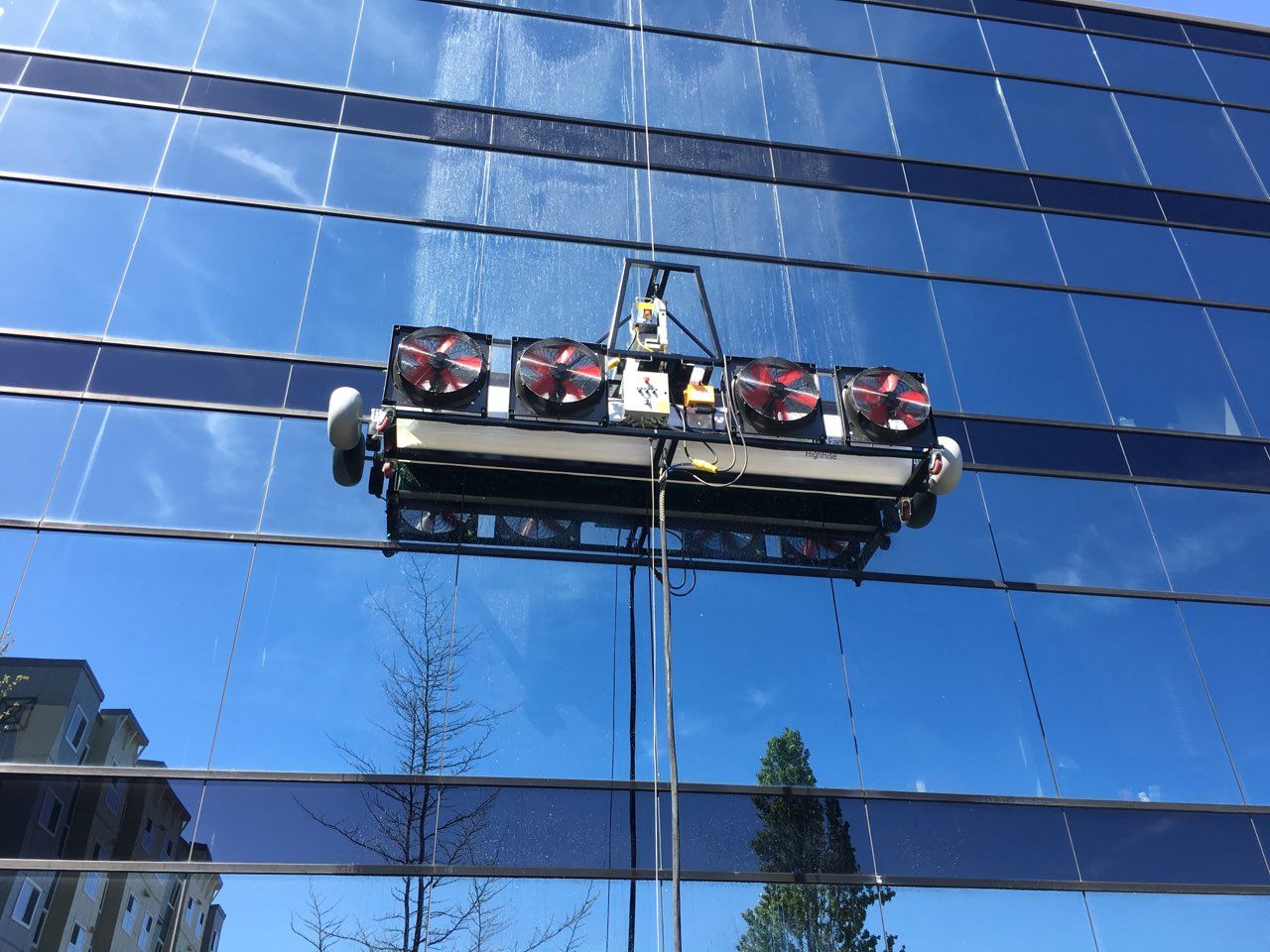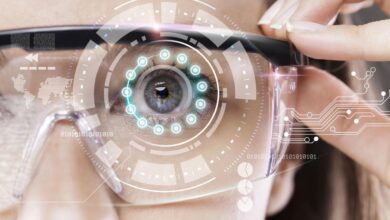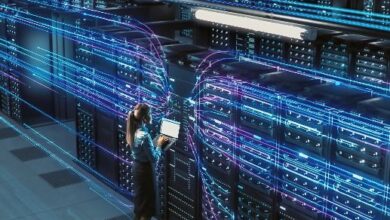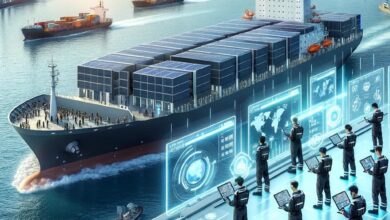The Rise of Autonomous Systems
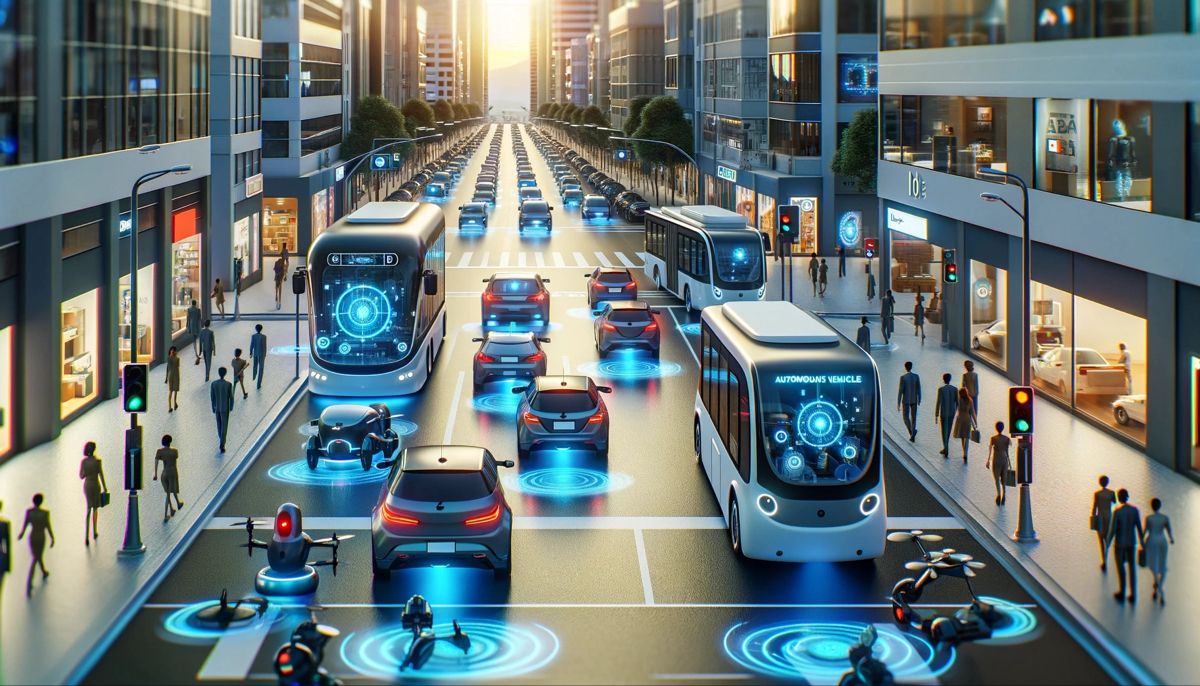
The Dawn of an Autonomous Era
In an age defined by technological acceleration, a new frontier is emerging that promises to fundamentally reshape our world. This is the era of autonomous systems—intelligent machines capable of performing tasks with minimal to no human intervention. From self-driving cars navigating our streets to robots managing vast logistics warehouses and AI-powered drones monitoring crops, these systems are no longer science fiction; they are a rapidly unfolding reality. Their rise marks a paradigm shift, moving us from a world of tools that assist us to a world of systems that act on their own, driven by sophisticated algorithms and real-time data.
This revolution is not just about automation; it’s about the creation of a new kind of intelligence. These systems learn, adapt, and make decisions, often with a speed and precision that far exceeds human capability. The implications are profound, touching every facet of life—from the way we work and travel to how we manage our health and interact with our environment. While their potential to solve some of humanity’s most complex problems is immense, their integration also presents significant ethical, economic, and social challenges that we are only just beginning to navigate.
The Foundational Pillars of Autonomous Systems
The development of autonomous systems is powered by a convergence of several key technological disciplines, each playing a critical role in enabling machines to see, think, and act independently.
A. Sensory Perception: The Eyes and Ears of Machines
For an autonomous system to operate, it must first understand its environment. This is accomplished through a sophisticated array of sensors that act as the system’s eyes and ears.
- Lidar (Light Detection and Ranging): Lidar systems use pulsed laser light to measure distances, creating a high-resolution, three-dimensional map of the surrounding environment. This is crucial for self-driving cars and drones to detect obstacles with extreme accuracy.
- Cameras and Computer Vision: High-resolution cameras combined with advanced computer vision algorithms allow systems to interpret visual information. They can identify objects, read traffic signs, and recognize human gestures, making them a cornerstone of modern robotics.
- Radar: Radar uses radio waves to detect objects and measure their speed and direction. It is highly effective in adverse weather conditions like fog and heavy rain, where other sensors might fail, providing a vital layer of redundancy.
- GPS and IMU: Global Positioning Systems (GPS) provide location data, while Inertial Measurement Units (IMU) track a system’s orientation and movement. Together, they allow a system to know exactly where it is and how it is moving in space.
B. Intelligent Decision-Making: The Brain of the System
Once a system has processed its sensory data, it must make decisions. This is where the true intelligence of autonomous systems comes into play, powered by cutting-edge software.
- Machine Learning and Deep Learning: These are the core technologies that enable a system to learn from data. By analyzing vast datasets, algorithms can identify patterns and make predictions. For example, a self-driving car’s deep learning model has been trained on millions of images to accurately recognize pedestrians, cyclists, and other vehicles.
- Reinforcement Learning: This is a type of machine learning where a system learns to make decisions by trial and error, based on a reward system. It’s particularly effective for training robots to perform complex tasks, like navigating a cluttered environment or mastering a game.
- Algorithms for Path Planning: These are the logical rules that a system follows to decide on a course of action. For a delivery drone, this might involve an algorithm that calculates the most efficient route, avoiding no-fly zones and other obstacles.
C. The Actuation Layer: From Thought to Action
After sensing and thinking, the system must act. The actuation layer includes all the components that translate a decision into a physical action.
- Robotic Arms and Manipulators: In manufacturing and logistics, these components are designed to perform precise, repetitive tasks, from welding car parts to sorting packages.
- Vehicle Control Systems: In self-driving cars, the system directly controls the steering, acceleration, and braking, often with greater consistency and faster reaction times than a human driver.
- Drones and Unmanned Vehicles: These systems use their actuators—propellers, wheels, or fins—to navigate their environment, controlled by a central brain that processes all the sensory and decision-making data.
The Societal Impact of Autonomy
The rise of autonomous systems is not just a technological story; it is a societal one, bringing with it both unprecedented opportunities and profound challenges.
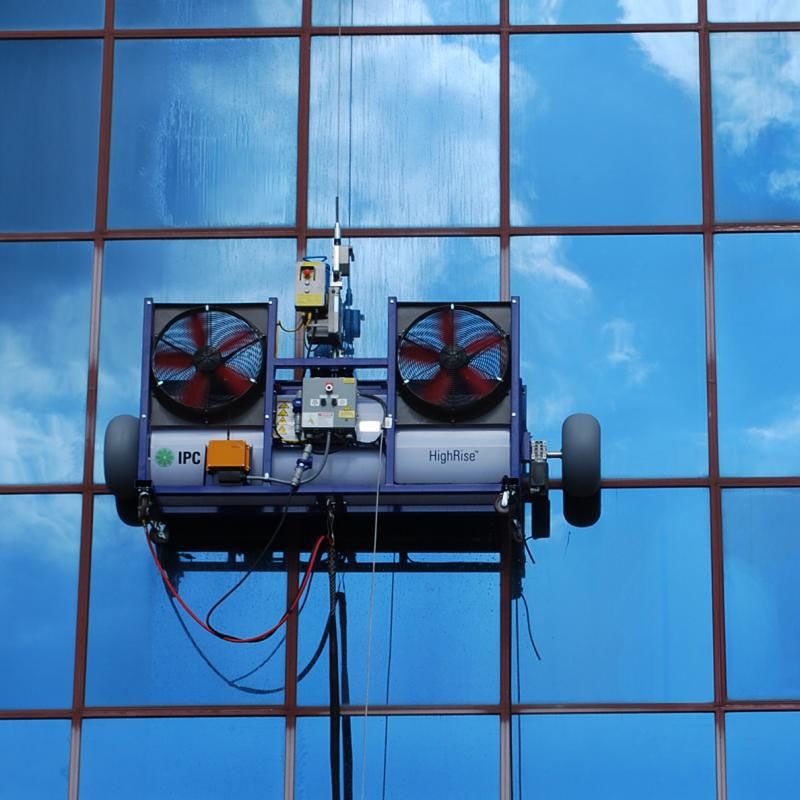
- Economic Transformation: Autonomous systems promise to boost productivity and efficiency in sectors from agriculture to healthcare. However, they also raise concerns about job displacement, requiring a reevaluation of labor and education to prepare for a new kind of workforce.
- Safety and Public Trust: The promise of enhanced safety, particularly in transportation, is a major driver of autonomy. However, high-profile accidents can quickly erode public trust, highlighting the need for rigorous testing, clear regulatory frameworks, and ethical guidelines.
- Ethical and Legal Dilemmas: As machines become more intelligent, we face complex ethical questions. For example, in a crash scenario, how should a self-driving car be programmed to prioritize actions? The legal responsibility for an autonomous system’s actions is another frontier that policymakers are only beginning to address.
- The Future of Work: While some jobs may be automated, autonomous systems will also create new roles in maintenance, programming, and oversight. The workforce of tomorrow will need to be skilled in collaborating with and managing these intelligent systems.
The Road Ahead
The journey toward a fully autonomous future is still in its early stages. While technologies like self-driving cars and delivery drones are becoming more common, achieving true, widespread autonomy requires continued innovation and a thoughtful approach to the challenges ahead. The key will be to develop these systems not just with a focus on technological prowess, but with a deep understanding of their human and social impact. The ultimate goal is not to replace human capability, but to augment it, creating a world that is safer, more efficient, and more responsive to our needs.
